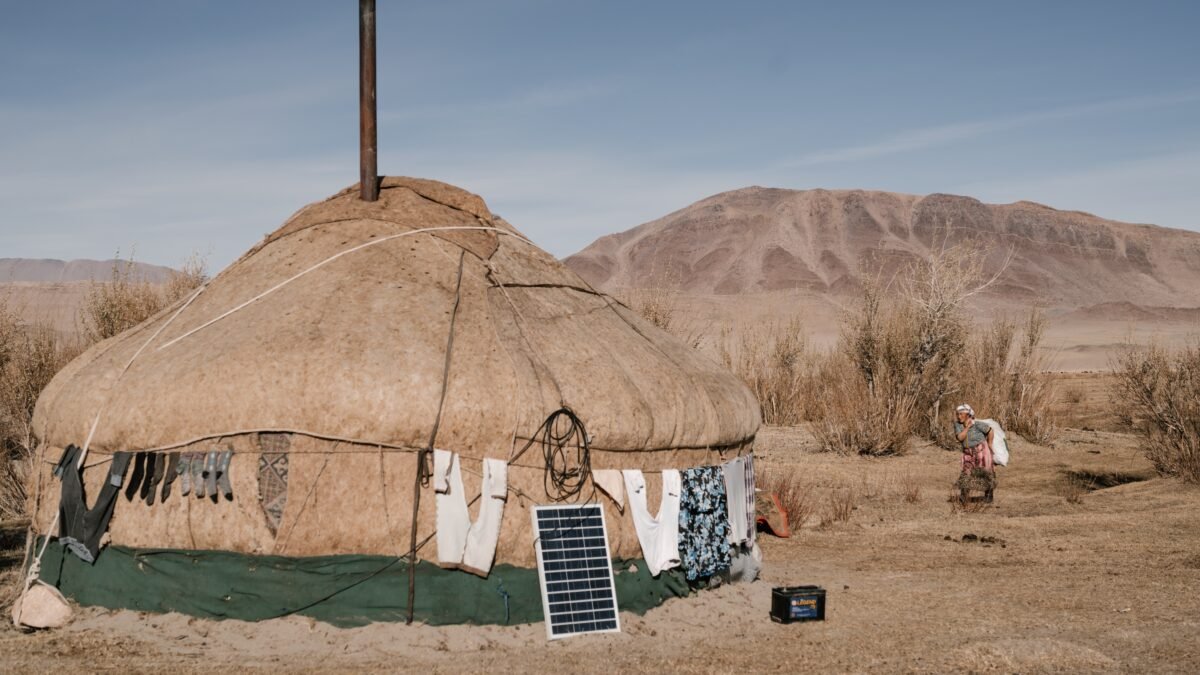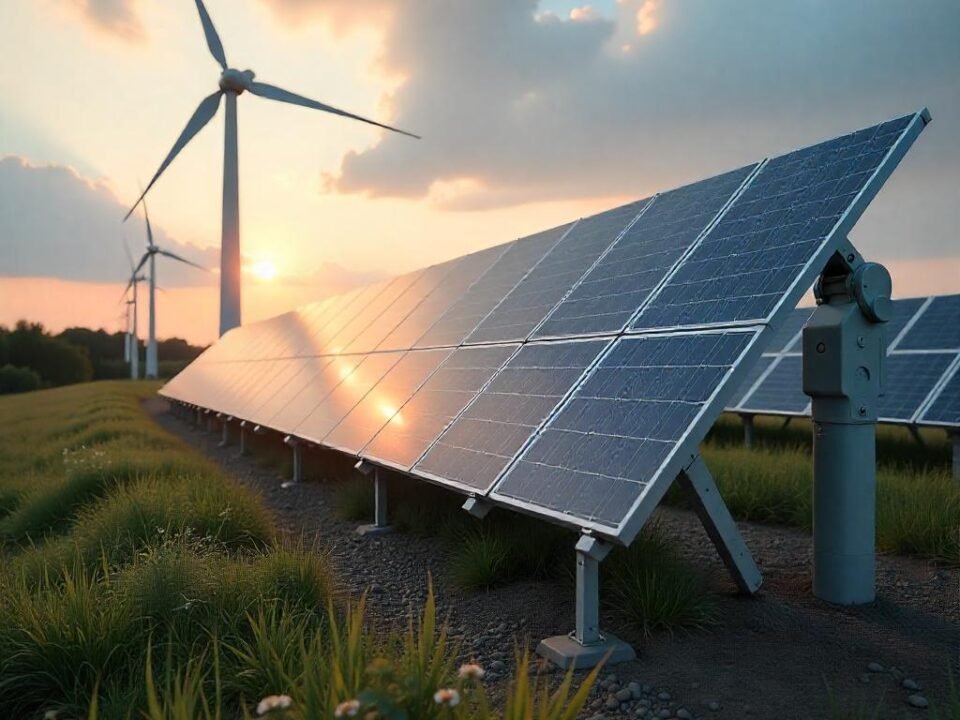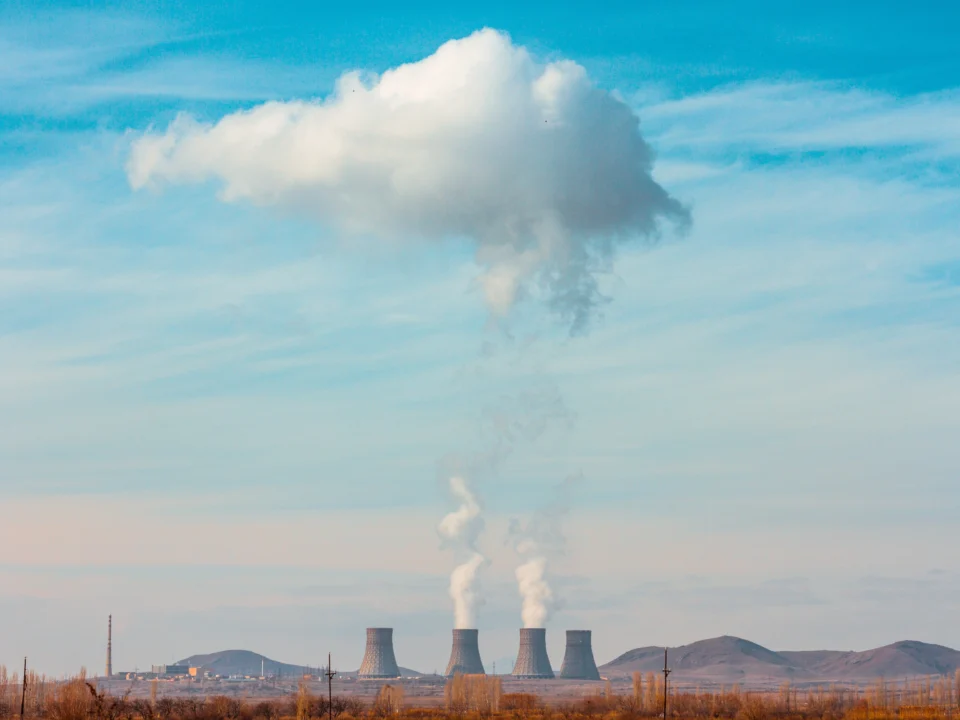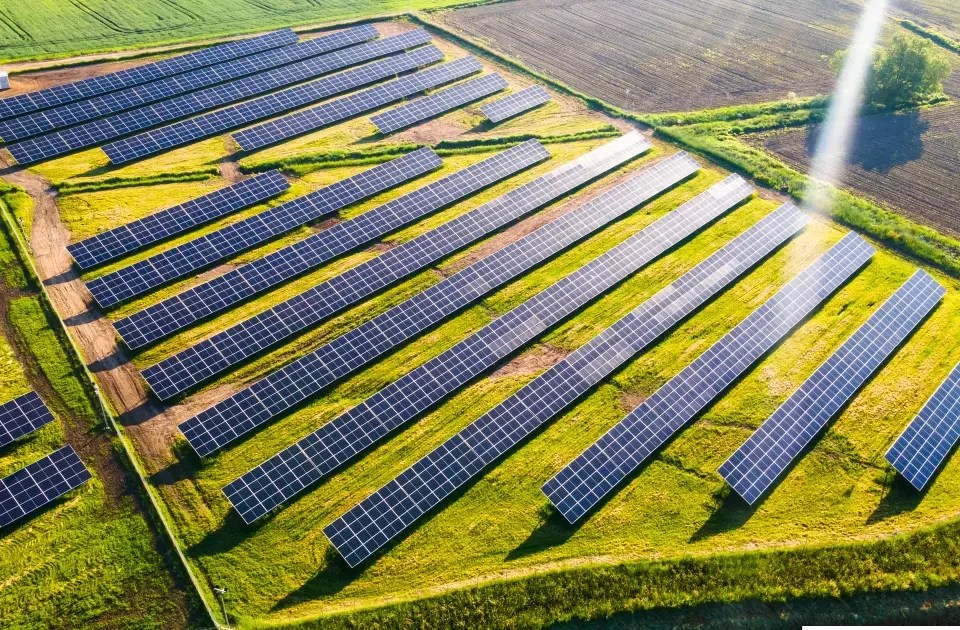India is a rapidly growing economy and it has a huge potential in the solar industry. It is well known that solar industries in India are generating most of country’s economy. There are many benefits of using solar energy in rural communities, but it is not easy to install rooftop systems on homes or businesses because of limited access to electricity and high cost of installation.
- However, with the right policies and incentives being put into place by state governments across India’s vast geography, we could see an increase in demand for these systems as more people realize how beneficial they can be for their family’s health and well-being.
Solar energy as renewable energy form
Solar energy is revolutionizing rural communities in India by providing them with reliable, clean electricity. The government has several programs for microgrids and incentivizes generation and distribution of power in remote locations through a distribution network such as micro-grids or renewable energy based off-grid solutions.
- The country also has several programs for rooftop solar power systems which incentivizes domestic consumption by offering a subsidy on the purchase price of solar panels as well as other incentives such as free installation and maintenance services.
- India’s leadership on solar and industry transition is the reason to believe the world can achieve its climate goals, a top UN official has said, asserting that as governments look to restart their economies after Covid-19, it is vital to pursue a recovery that is not only sustainable, resilient and fair, but also job-rich.
India as center of renewable energy companies
The government has set ambitious targets for harnessing renewable energy companies in the country.
- In 2015, India’s Power Minister Piyush Goyal said that he wants to generate 100 GW of renewable energy by 2022 and 175 GW by 2027. This will require the addition of over Rs 2 lakh crore in new investments over this period.
- To achieve these goals, India needs to invest more on generating power from conventional sources such as coal or natural gas plants or solar farms but also on developing new technologies such as wind turbines (wind farms).
Wind energy as renewable form of energy
Wind generation in wind farms in India has more than doubled since 2010, and India accounts for about 5% of global wind power generation.
- Wind energy has become an important source of electricity in India, and its growth is expected to continue. In fact, wind generation has more than doubled since 2010. However, this is only part of the story; India also produces significant amounts of solar power and hydropower as well.
Development of wind parks as largest power plants in India is focused in the windy region of the country, with 632 MW capacity being added between July 2016 and June 2017 alone.
- The windiest regions of India are in the north-west, north-east and south. The windiest month is May, with an average 70% relative humidity level during this period. On 18 May 2017 alone there were 98 hours when wind speeds exceeded 15m/s at some point during the day (the average minimum speed was around 11 m/s). For more details, click here.




